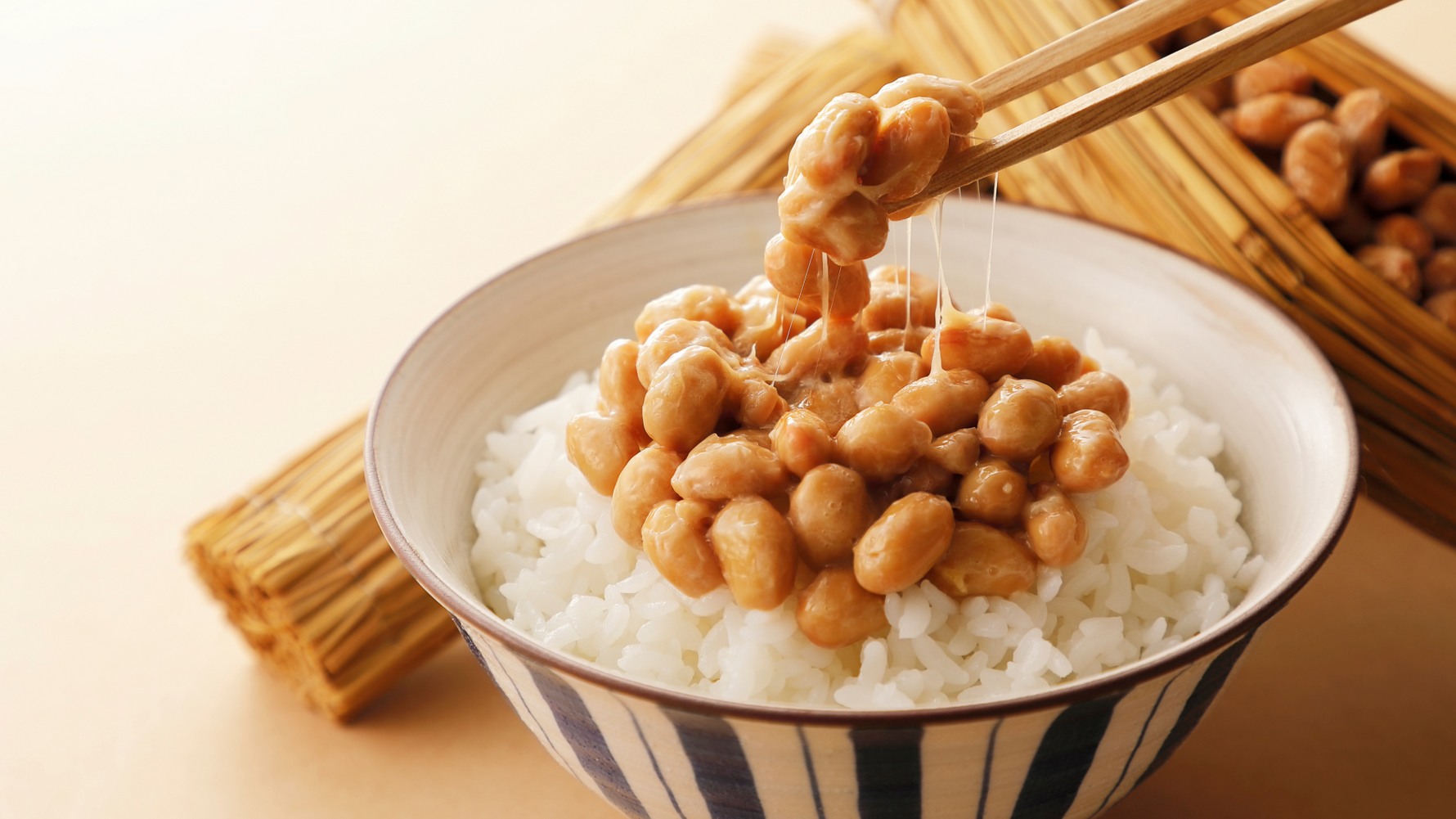Discover the Japanese Terroir

Discover the Japanese Terroir
Fermentation in Japan: A Pillar of Gastronomy
by Sara Couture on Feb 10 2025
Fermentation is a natural process at the heart of Japanese cuisine. More than a simple means of preservation, it enhances flavors and enriches foods with essential nutrients. Favored by Japan's warm, humid climate, fermentation is an age-old technique that has given rise to emblematic ingredients that are now indispensable.
Essential Fermented Foods
Miso and Natto: Fermented Soy Pasta
Miso, whose origins date back to the 8th century, is a fermented soybean paste used as a seasoning in many Japanese dishes, including the famous miso soup. Miso production involves fermenting a mixture of soy, rice or barley, salt and a yeast fungus called Aspergillus oryzae.
Natto, meanwhile, is another fermented soy product, particularly renowned for its stringy texture and pronounced taste. Rich in probiotics, it is often eaten for breakfast with rice.
Soy sauce (Shoyu): The Black Gold of Japanese Cuisine
Soy sauce, one of the world's oldest fermented sauces, is the result of a fermentation process involving a mixture of soy, wheat, water, salt and yeast lasting at least six months. Its intense umami makes it an essential ingredient for spicing up Japanese dishes. You can find out more about the production process of our soy sauces, brewed in the family-run Daikou Shoyu company, in our article “The art of umami”.
Umeboshi: the fermented plum with beneficial properties
Umeboshi are Japanese plums fermented with salt, known for their tangy, salty flavor. Traditionally eaten with rice, they are renowned for their digestive and detoxifying benefits.
The different methods of fermentation in Japan
Koji fermentation
Koji (Aspergillus oryzae) is a microscopic fungus essential to the production of miso, soy sauce and sake. It breaks down starches into sugars, promoting fermentation and the development of umami flavors.
2. Brining (shiozuke)
Shiozuke is one of the oldest Japanese fermentation methods, using salt to ferment foods such as wakame seaweed and umeboshi plums.
3. Rice bran fermentation (nukazuke)
Nukazuke uses rice bran mixed with salt and water to ferment mainly vegetables. The result is tasty pickles rich in probiotics.
4. Sake fermentation (Kasuzuke)
Kasuzuke involves macerating food in a mixture of sake lees (kasu), mirin, salt and sometimes sugar. This process gives the ingredients a tender texture and refined flavor.
Rich and varied, Japanese fermentation is a culinary art in its own right. Whether you're discovering new flavors or enjoying the benefits of probiotics, incorporating Japanese fermented foods into your diet is a fascinating taste and nutritional experience. In our online store, you'll find authentic fermented products such as mirin and soy sauce to enrich your cooking and explore the richness of the Japanese terroir!

Discover the Japanese Terroir
Can you distinguish Japanese soy sauce from Chinese soy sauce ?
by Samuel Laurin on Jan 30 2024
The origins of soy sauce can be traced back to China, where it was first documented in the Han Dynasty. Chinese soy sauce, known as jiang you, is brewed predominantly with soybeans, although nowadays, the addition of wheat during the fermentation process is becoming more common. Chinese soy sauce boasts a darker hue and a saltier taste compared to Japanese soy sauce. There are two main types: light soy sauce, which is lighter in color and saltier, and dark soy sauce, which has a thicker consistency and a slightly sweet, molasses-like flavor.
In contrast, shoyu, the Japanese soy sauce, achieves its distinctive taste by combining soybeans and wheat. The wheat starch contributes a characteristic sweetness and a more rounded flavor. There are multiple types of Japanese soy sauce which can be differentiated by the ratio of soy to wheat used in the recipe and the fermentation time. The 3 main types are :
Koikuchi, or dark soy sauce, is the most common type of Japanese soy sauce, constituting about 80% of the domestic production. It is made of equal parts soybean and wheat, giving it a well rounded taste suitable for both dipping and cooking.
Usukuchi, or light soy sauce, is lighter in color and saltier than koikuchi. It is made with a higher proportion of wheat than soybean. It is often used in Kansai cuisine, allowing for seasoning without darkening the color of dishes. It is ideal for soup bases, omelettes and sautés.
Tamari, or thick soy sauce, has a higher soybean content and little to no wheat. It tends to be thicker, richer, and has a more full-bodied flavor. It has the highest umami content in the soy sauce family making it great as a dipping sauce for sashimi or as a finishing sauce on grilled meats and roasted vegetables.
Discover the unparalleled quality of our traditionally made Japanese soy sauce, meticulously crafted by Daikou Shoyu, a multi-generational family with a legacy spanning back to 1852.

Discover the Japanese Terroir
Interview with Kensuke Osugi from Daikō Shōyu: Japanese Soy Sauce From Yesterday to Today
by Samuel Laurin on Jun 28 2020
Kensuke Osugi, current owner and the 6th generation of traditional soy sauce maker of Daikō Shōyu, explains how his commitment to continuously improving his products while maintaining traditional brewing methods has made his company successful.